Ningxia or Suiyuan, North Central China
K’ang Carpet
Structural Analysis
Warp: cotton, off-white, natural, handspun, Z-4-S;
Weft: cotton, off white, natural, winder plied, Z-3-S. handspun, two shoots alternating;
Pile: wool, Z-3 or Z-4;
Knot: PL,no alternate warp depression, 5 ½ per horizontal inch x 5 per vertical inch = 27 ½ per square inch;
Sides: recovered;
Ends: n.o.
Weft/knots: 50/50, even.
Peach border, medallion and corners corroded; sapphire blue highest.
Remarks.
The golden yellow field employs the classic “grains of rice” pattern with brown pips,
centered by a broadly drawn peach scalloped peony medallion and en-suite corners.
The matching peach tone border has inward facing peonies in one, two or three
colors with short arabesque segments between. There is no corner resolution with
diagonal palmettes. The inner medium dark blue border is pearled and the outermost
stripe is plain as is characteristic of rugs of the period.
The peony corners are bold and direct, without a plethora of intrusive minor
elements. The central peony wreath is pared down as well to the most important
motives. The contrast in scale between the rice grains, a size independent pattern and
the vastly larger scale medallion and corners is particularly striking. The rice pattern is
scale independent in that it is always the same size no matter the overall dimensions of
the rug. The pattern is essentially the same on a 2’ x 4’ as on a 6’ x 10’ carpet.
The attribution to Suiyuan is tentative. The rice grain pattern has often been
assigned to that town as one of its most popular styles. The weave could be either
Ningxia or Suiyuan. Considering that the carpet industry in the latter city was founded
by Ningxia weavers in the early 18th century, the similarity of technique is
understandable
The dating is more opaque. A quick glance seems to indicate the late 18th
century. A closer look at the verso with a balance of wefts and knots gives an early 19th
century era. The back does not resemble earlier rugs. Another indicator is the main
border: the leafy sprays emanating from the palmettes are vertical and straight, curving
only at their ends. Their decoration is spare and simple. The discussion of peony
borders would place them in the 19th century. They lack the filigreed complexity seen
on [………………..], all of which are likely true 18th century pieces. The weave is
particularly coarse, thus making the execution of fine details difficult and they have
generally, been avoided. Taken as a whole, an ascription to Suiyuan in the first quarter
of the 19th century seems defensible
The grains of rice pattern is chronologically invariant and by itself gives no date or period.
The deep corrosion in the peach has allowed the blue details in particular to stand
in relief. The peachy tone is probably a dyewood color, but an exact determination
requires a chemical test.
The single column of Turkish knots along the left edge is a standard practice of
the place and time. Knotting proceeded from left to right. A column of Turkish knots
may also appear on the right hand edge.
NB. The date of the rug is early 19th century and it should be placed below the K’ang carpet line.
-
Dimensions:Width: 72 in (182.88 cm)Length: 123 in (312.42 cm)
-
Materials and Techniques:WoolHand-Knotted
-
Place of Origin:China
-
Period:1800-1809
-
Date of Manufacture:1800
-
Condition:GoodRepaired. Wear consistent with age and use.
-
Seller Location:New York, NY
-
Reference Number:Seller: 22774Seller: LU4926115802791



















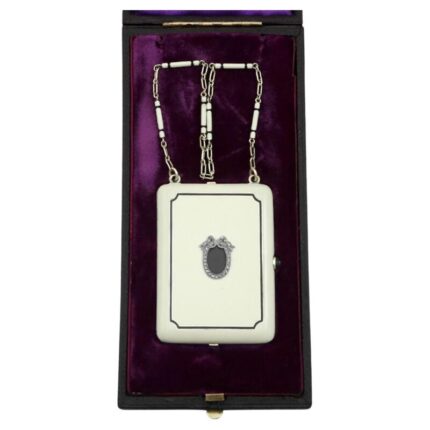

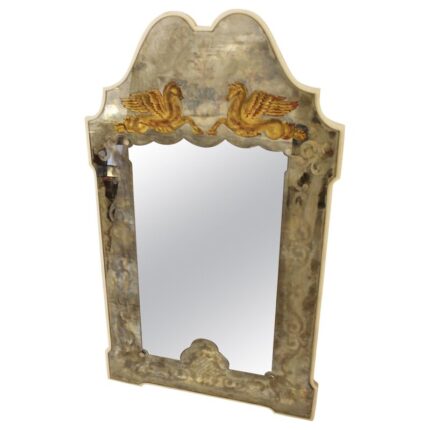



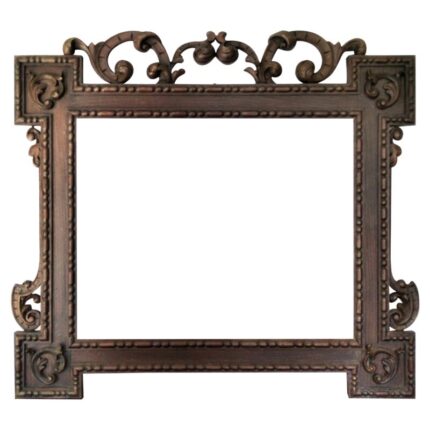

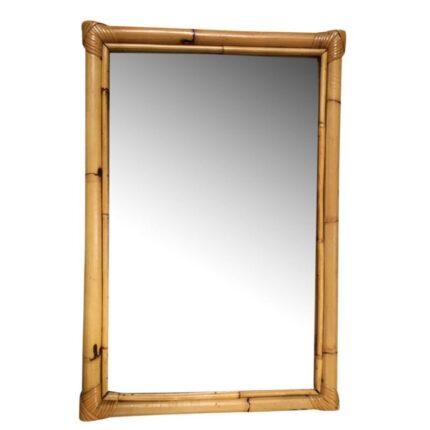

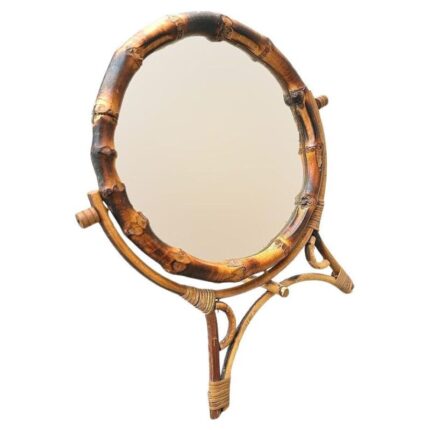

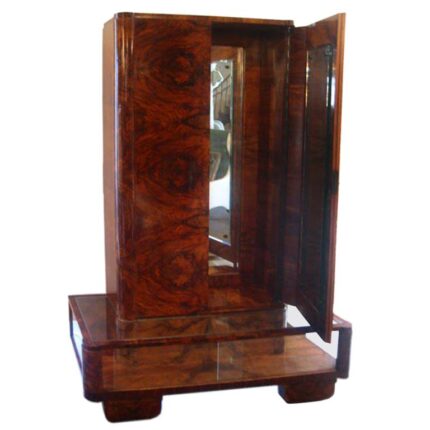



Reviews
There are no reviews yet.